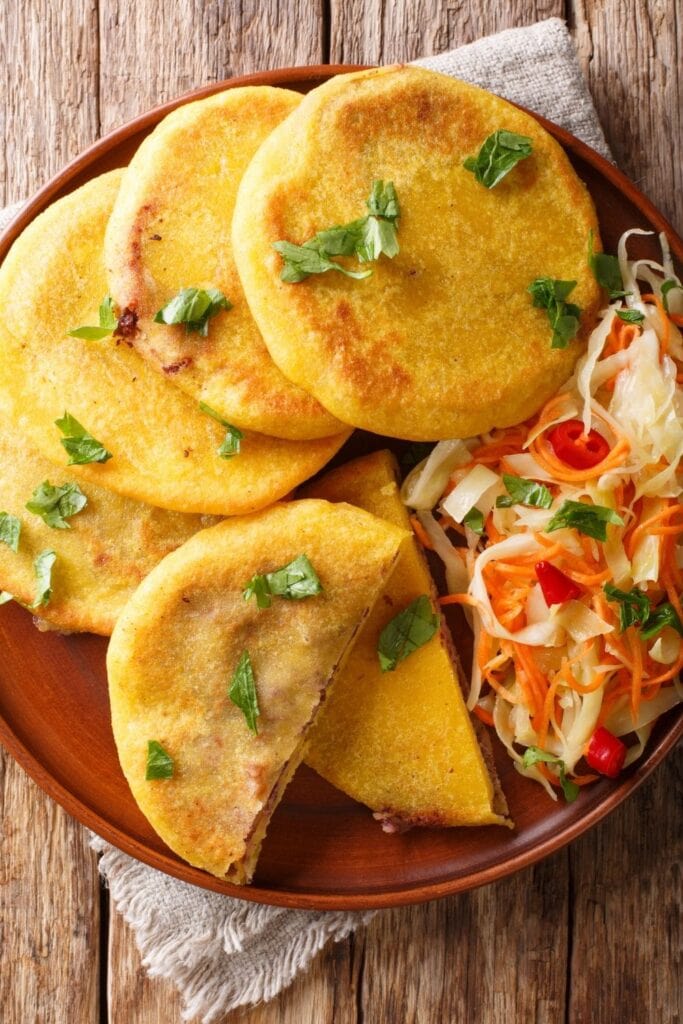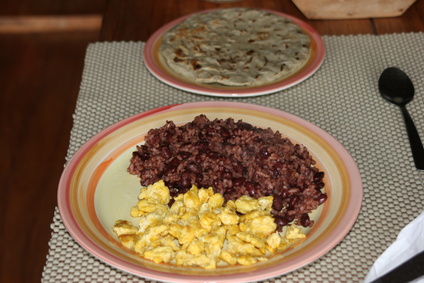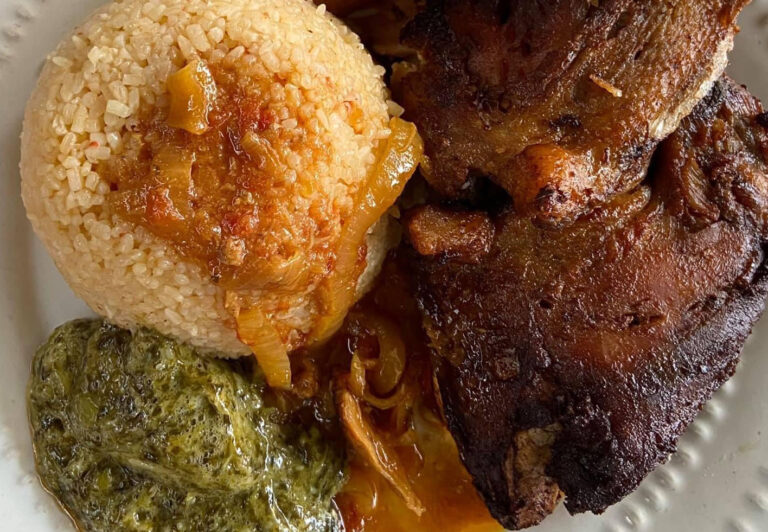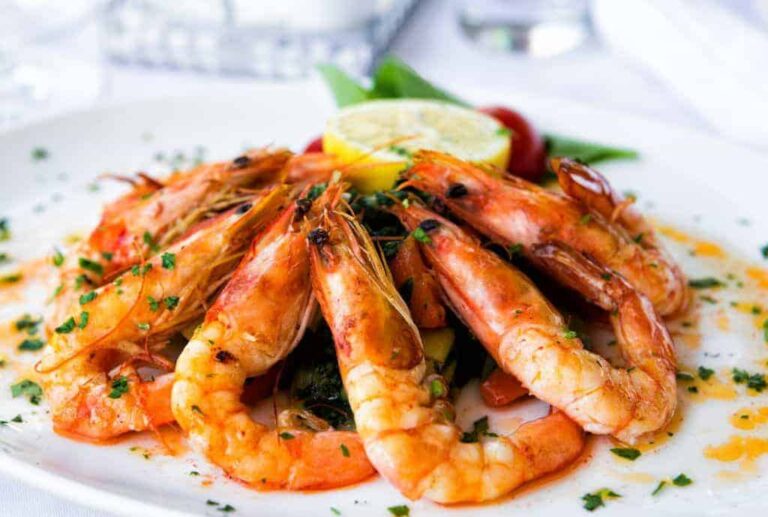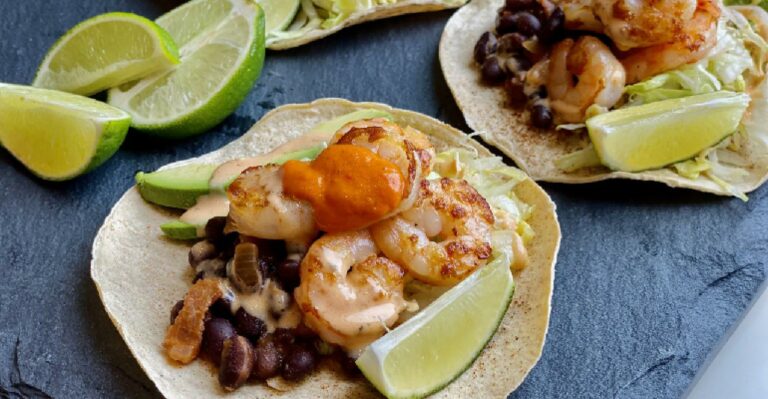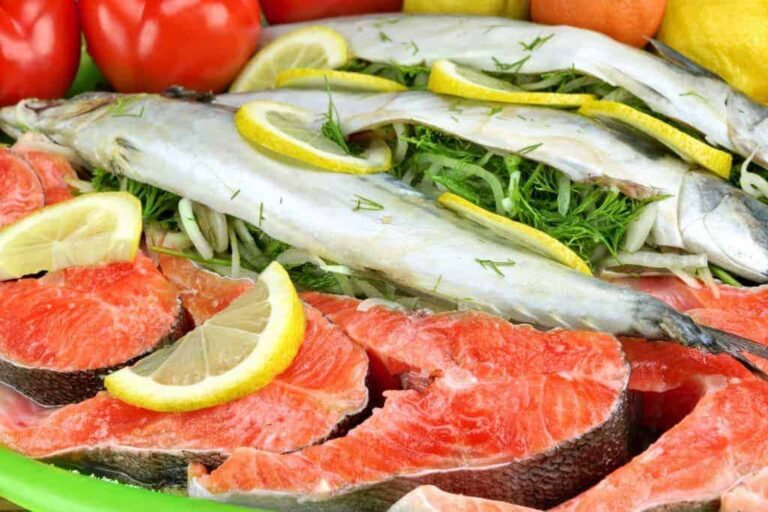Introduction: Ghanaian cuisine
Ghanaian cuisine is a diverse mix of traditional and modern dishes, influenced by the country’s geography and history. The food is characterized by the use of spices and herbs, along with ingredients such as cassava, plantain, yams, and rice. The cuisine also includes a variety of meats, including chicken, goat, beef, and fish.
The role of seafood in Ghanaian cuisine
Seafood is a prominent part of Ghanaian cuisine, owing to the country’s long coastline along the Atlantic Ocean. The abundance of fish, shellfish, and other seafood has made it an important source of protein for Ghanaians. Seafood is a staple in the coastal regions of the country, where it is often cooked with spices and herbs to create flavorful and aromatic dishes.
Popular seafood dishes in Ghana
Some of the popular seafood dishes in Ghana include grilled tilapia, smoked fish stew, and fish cakes. Grilled tilapia is a favorite among Ghanaians, and it is typically marinated with a blend of spices before being grilled. Smoked fish stew, known as kontomire stew, is made with spinach and smoked fish, and is usually served with fufu, a starchy side dish. Fish cakes are also a popular snack, made with mashed fish, onions, and spices, and fried until crispy.
Regional variations in seafood consumption
There are regional variations in seafood consumption in Ghana, with the coastal regions consuming more seafood than the inland regions. In the coastal regions, seafood is often eaten fresh, while in the inland regions it is more common to eat dried or smoked fish. In some parts of the country, seafood is also considered a luxury item and is reserved for special occasions.
The economic importance of fishing in Ghana
Fishing is an important industry in Ghana, providing employment for many people and contributing to the country’s economy. The fishing industry is predominantly made up of small-scale fishermen, who use traditional methods to catch fish. The industry faces many challenges, including overfishing and illegal fishing.
Sustainability concerns surrounding Ghanaian seafood industry
There are concerns about the sustainability of the Ghanaian seafood industry, as overfishing and illegal fishing have led to declines in fish populations. This has had a negative impact on both the environment and the livelihoods of those who depend on fishing for their income. Efforts are being made to promote sustainable fishing practices, including the use of larger mesh sizes in fishing nets to allow smaller fish to escape, and the establishment of marine protected areas.



